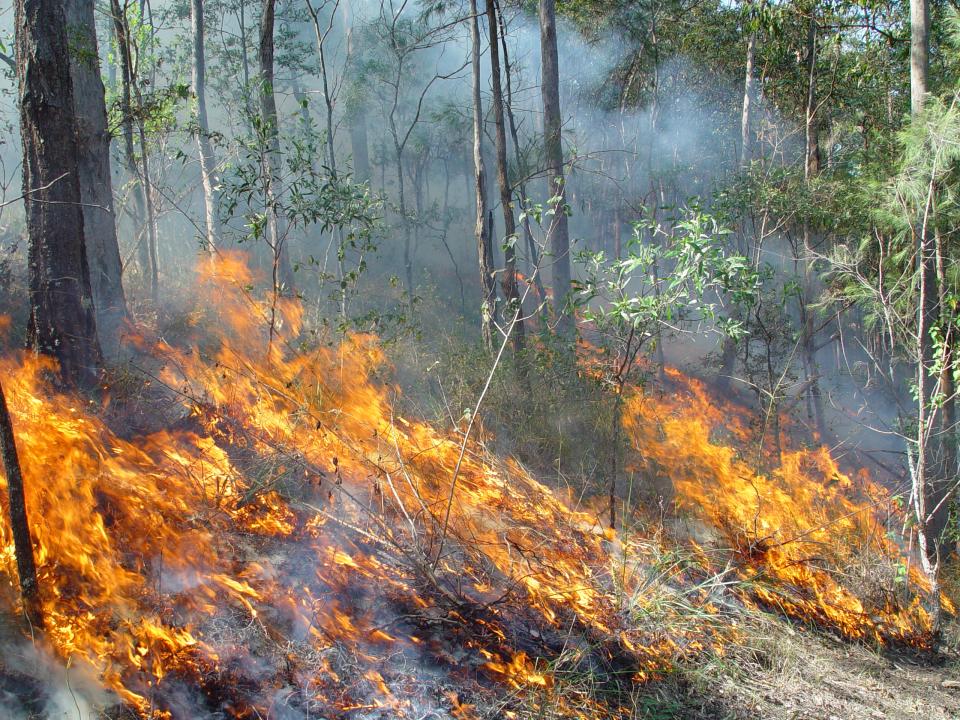
PUBLICATIONS
Published works

Simulation study of grass fire using a physics-based model: striving towards numerical rigour and the effect of grass height on the rate of spread
| Title | Simulation study of grass fire using a physics-based model: striving towards numerical rigour and the effect of grass height on the rate of spread |
| Publication Type | Journal Article |
| Year of Publication | 2018 |
| Authors | Moinuddin, K, Sutherland, D, Mell, W |
| Journal | International Journal of Wildland Fire |
| Volume | 27 |
| Issue | 12 |
| Pagination | 800-814 |
| Date Published | 11/2018 |
| Keywords | atmospheric boundary layer, operational model, Physics-based modelling, wildland fire, wind speed |
| Abstract | Grid-independent rate of spread results from a physics-based simulation are presented. Previously, such a numerical benchmark has been elusive owing to computational restrictions. The grid-converged results are used to systematically construct correlations between the rate of spread (RoS) and both wind speed and grass height, separately. The RoS obtained from the physics-based model is found to be linear with wind speed in the parameter range considered. When wind speed is varied, the physics-based model predicts faster RoS than the Mk III and V (McArthur) models (Noble et al. 1980) but slower than the CSIRO model (Cheney et al. 1998). When the grass height is varied keeping the bulk density constant, the fire front changes from a boundary layer flame mode to plume flame mode as the grass height increases. Once the fires are in plume mode, a higher grass height results in a larger heat release rate of the fire but a slower RoS. |
| URL | http://www.publish.csiro.au/wf/WF17126 |
| DOI | 10.1071/WF17126 |
| Refereed Designation | Refereed |
Published Works


